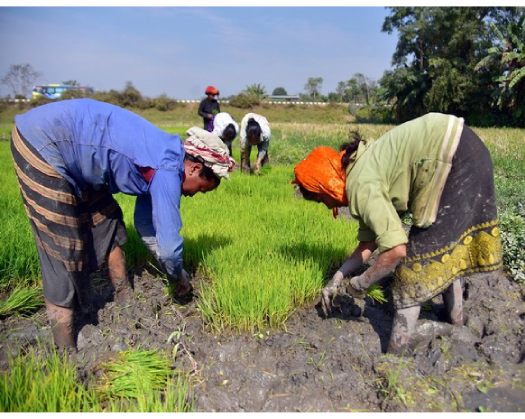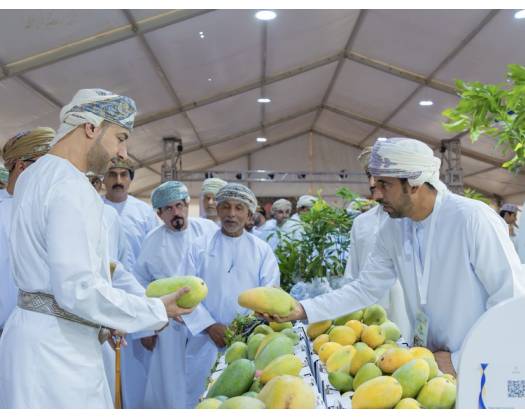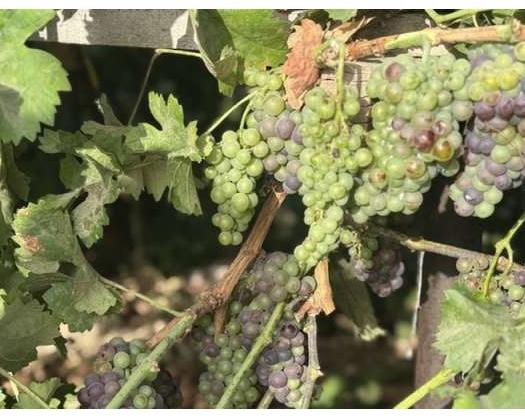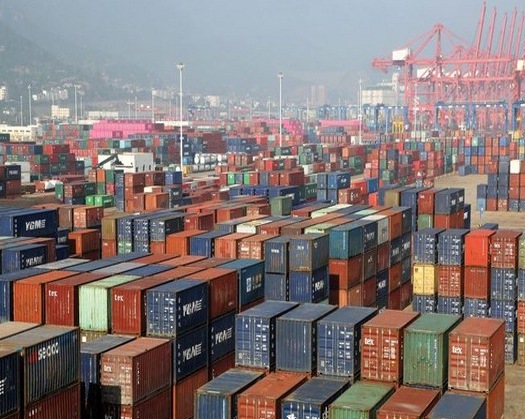New Delhi: In response to the substantial focus on the enhancement of the agriculture sector evident in the recent budget announcements, the Ministry of Agriculture and Farmers Welfare has unveiled a comprehensive strategy designed to boost agricultural productivity and the resilience of the sector.
According to the press release, this strategy encompasses several key elements, including a review of research infrastructure, the development of climate-resilient crop varieties, the promotion of natural farming among a million farmers, and the establishment of bio-input resource centers, among other measures.
Furthermore, the government is dedicated to achieving self-sufficiency in pulses and oilseeds, fostering the development of vegetable production clusters, implementing Digital Public Infrastructure in agriculture, and supporting shrimp aquaculture through the National Bank for Agriculture and Rural Development (NABARD), as mentioned by the Ministry.
These initiatives are aimed at modernizing the agricultural sector and ensuring sustainable growth across all its segments.
To summarize each strategy, it is important to highlight the government's commitment to natural farming, which has also been acknowledged by the Finance Minister Nirmala Sitharaman as a means to increase productivity, sustainability, and access to high-value markets for organic produce. This initiative seeks to provide farmers with the necessary certifications and branding, thereby facilitating a transition towards sustainable agricultural practices.
Natural farming is defined as a method of agriculture that is free from synthetic chemicals and relies on livestock.
In its pursuit of self-sufficiency in pulses and oilseeds, the government has launched the National Food Security Mission-Oilseeds (NFSM-OS) program. This initiative is designed to augment the availability of edible oils and reduce the nation's dependence on imports by enhancing both the production and productivity of these crops.
Additionally, the government has announced a significant plan to introduce 109 new high-yielding and climate-resilient crop varieties across various field and horticultural crops, with the goal of transforming agricultural practices nationwide.
Moreover, the scope of the Digital Public Infrastructure (DPI) is being expanded to equip the sector with the latest digital tools.
As part of the initial phase, a digital crop survey is scheduled to take place during the Kharif season in 400 districts, as stated in the press release.
Currently, India ranks as the second largest producer of fish globally, with a share of approximately 8 percent in global fish production, achieving a record high fish production of 174.45 lakh tonnes for the fiscal year 2023-24. India also holds the second position in aquaculture production and is among the top nations in shrimp production and seafood export. This sector sustains the livelihoods of over 30 million people, predominantly in marginalized and vulnerable communities.













